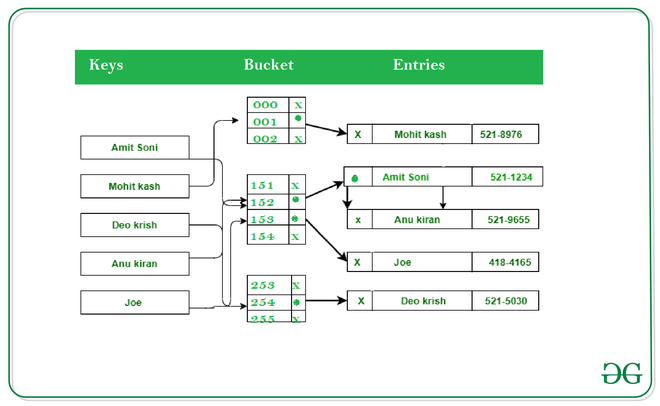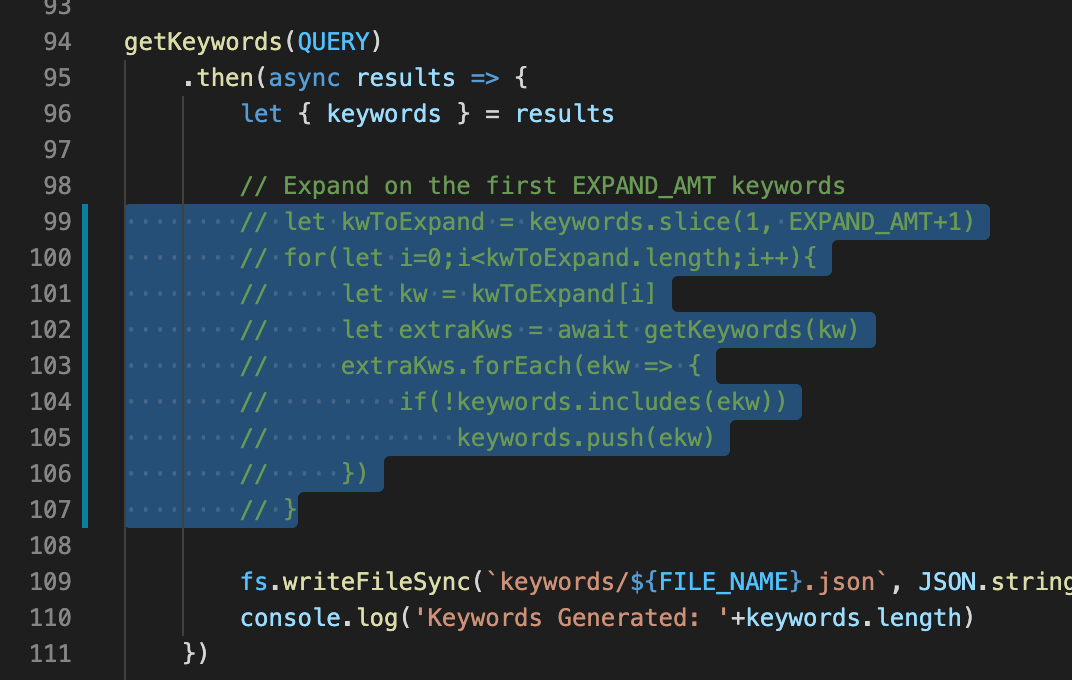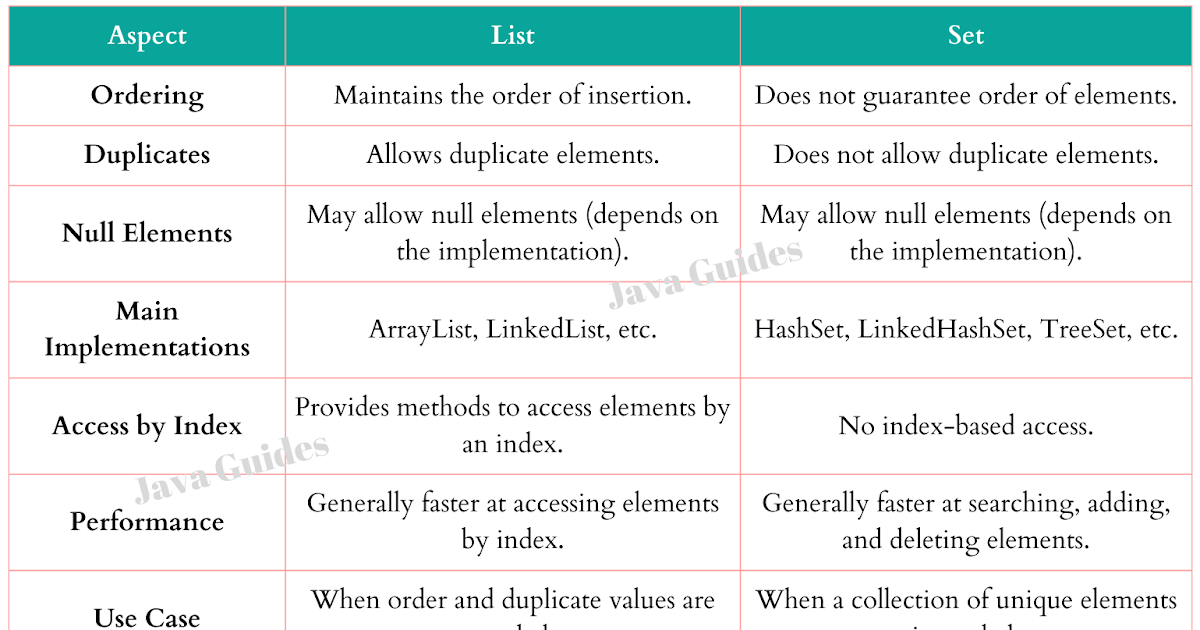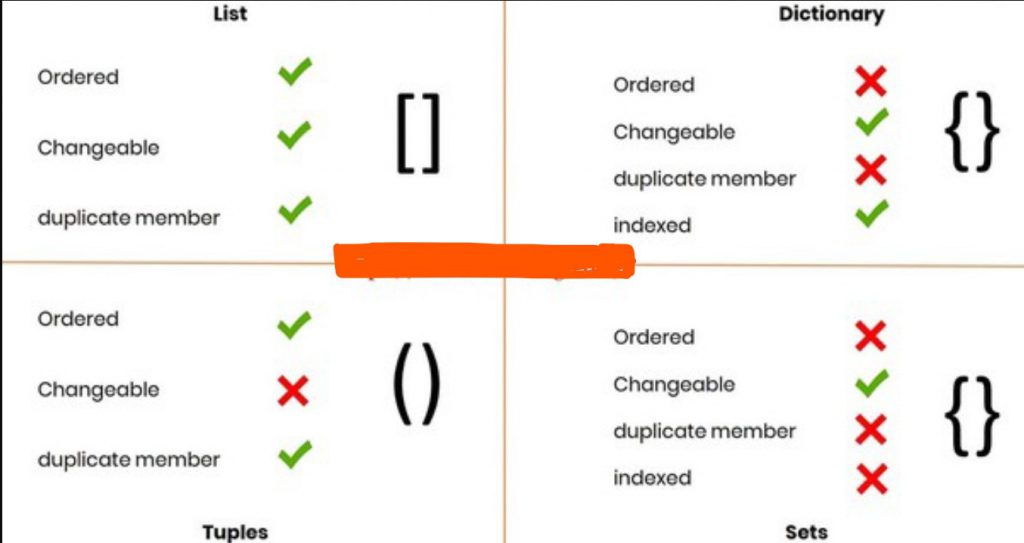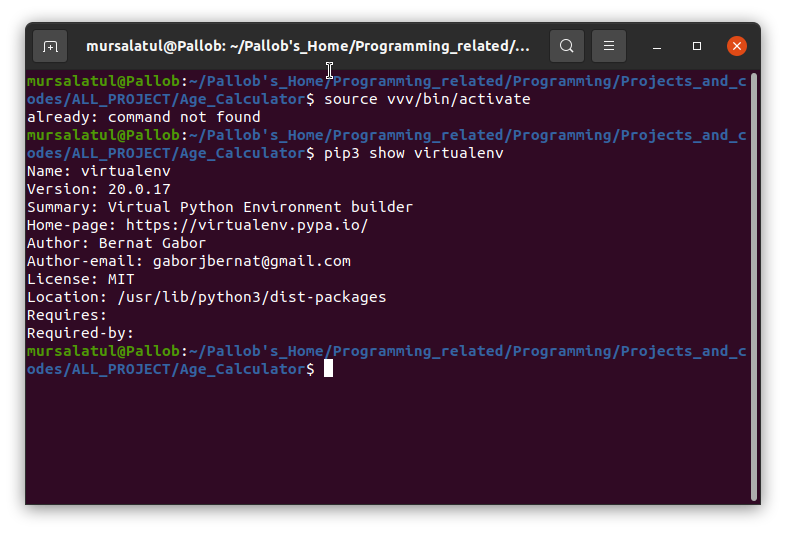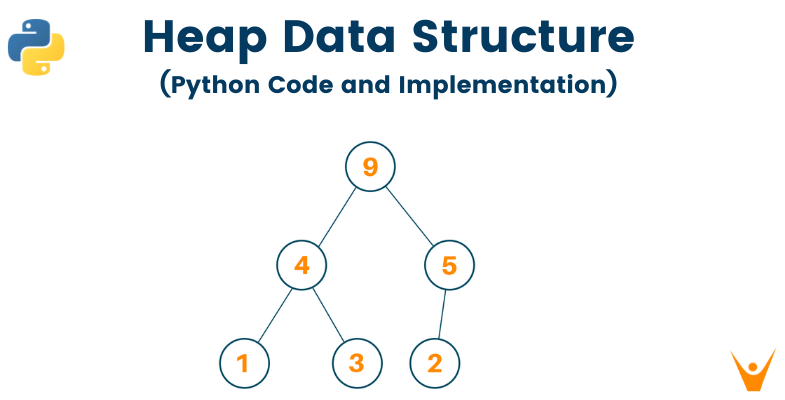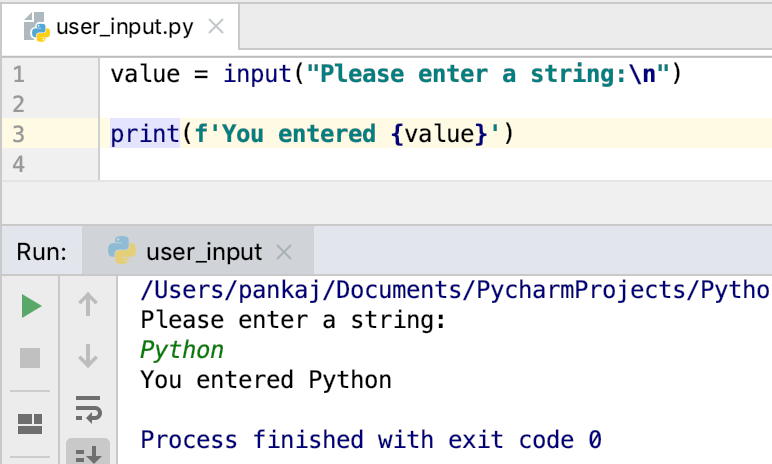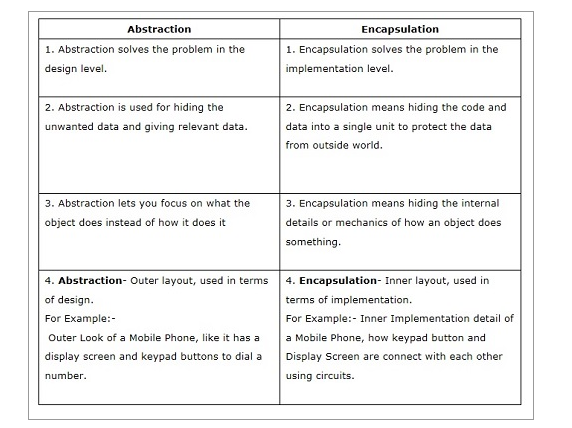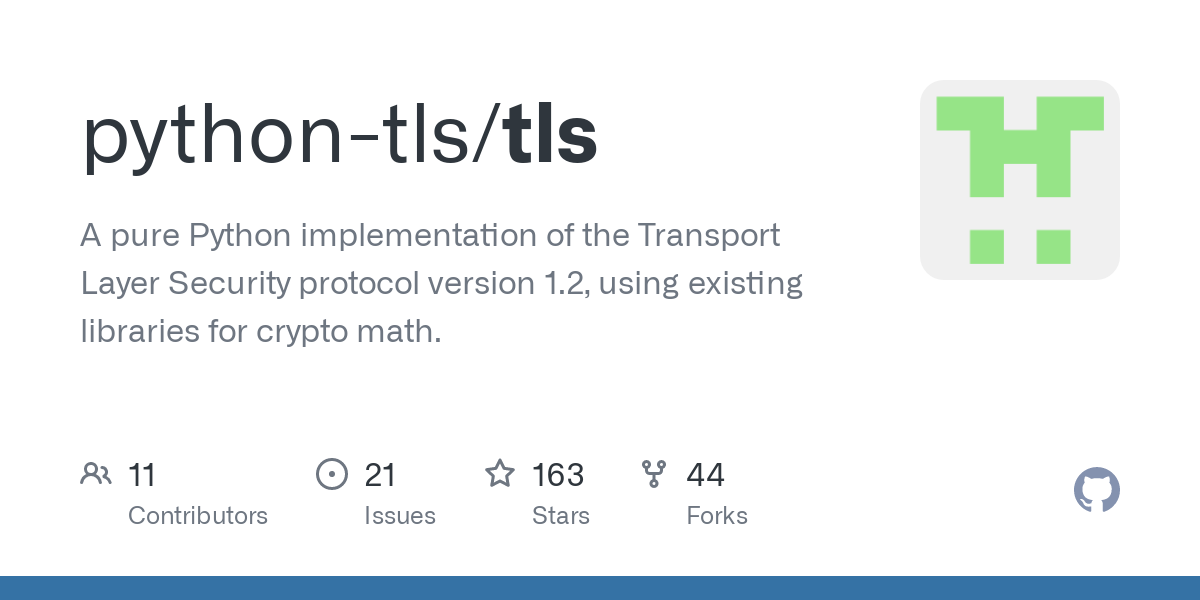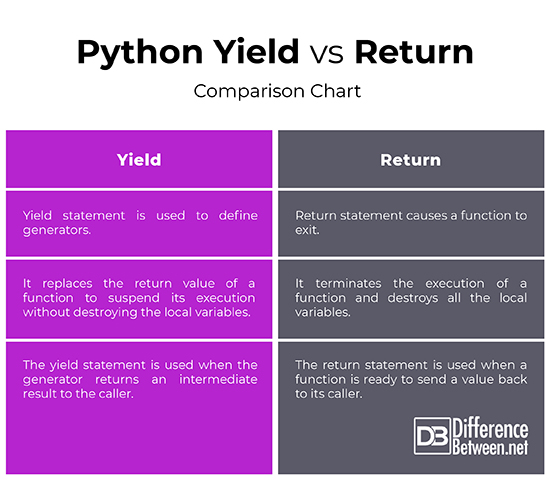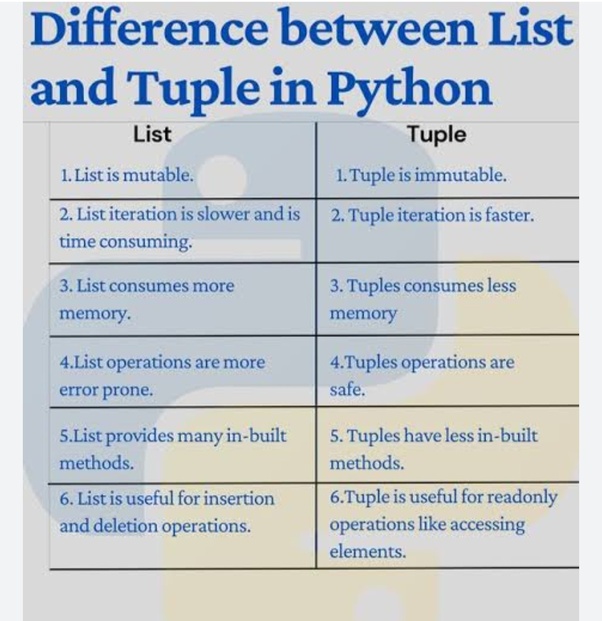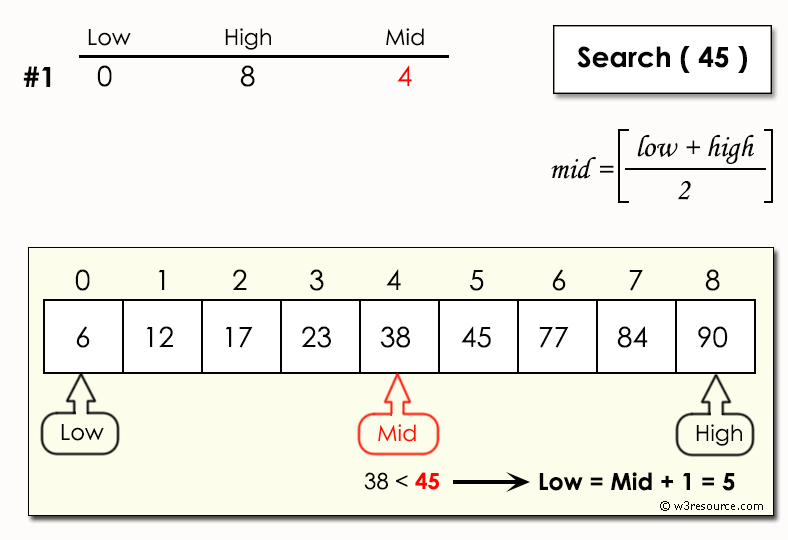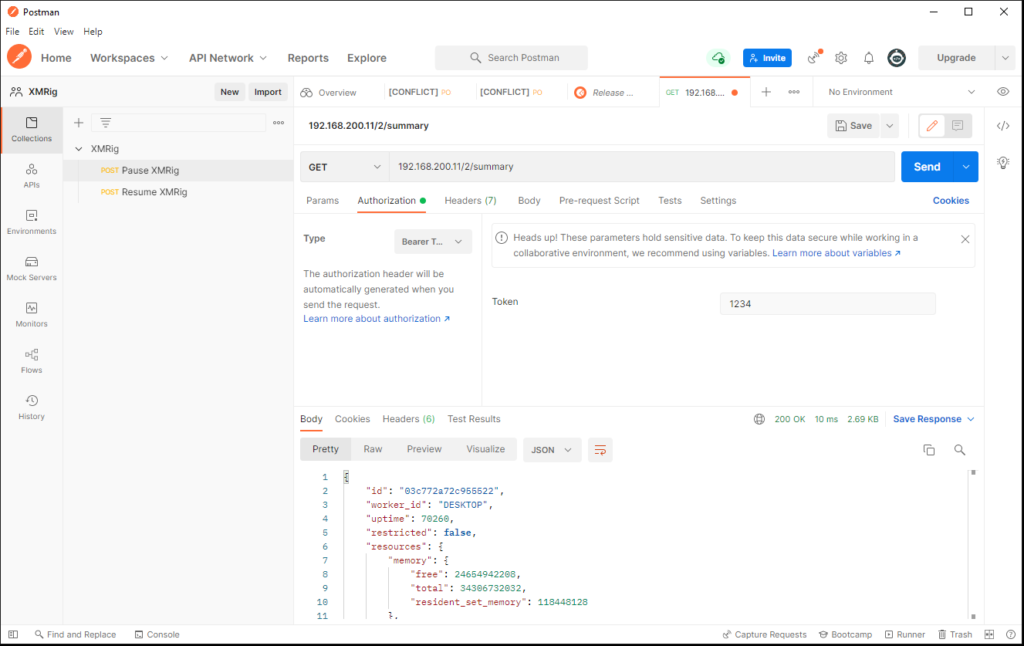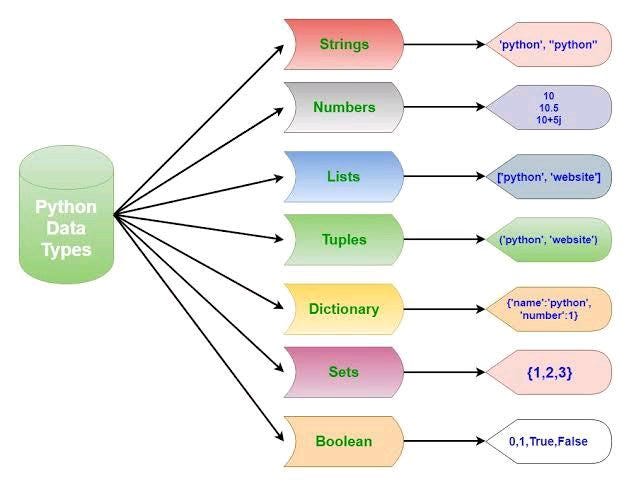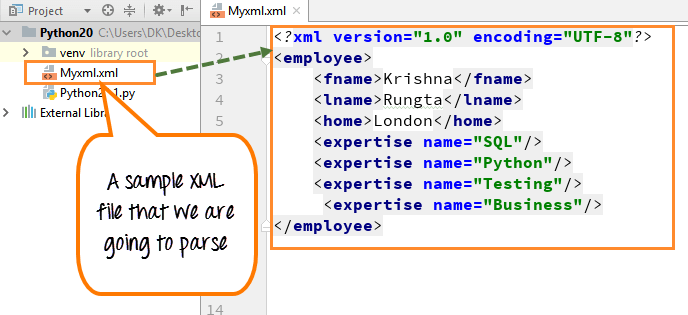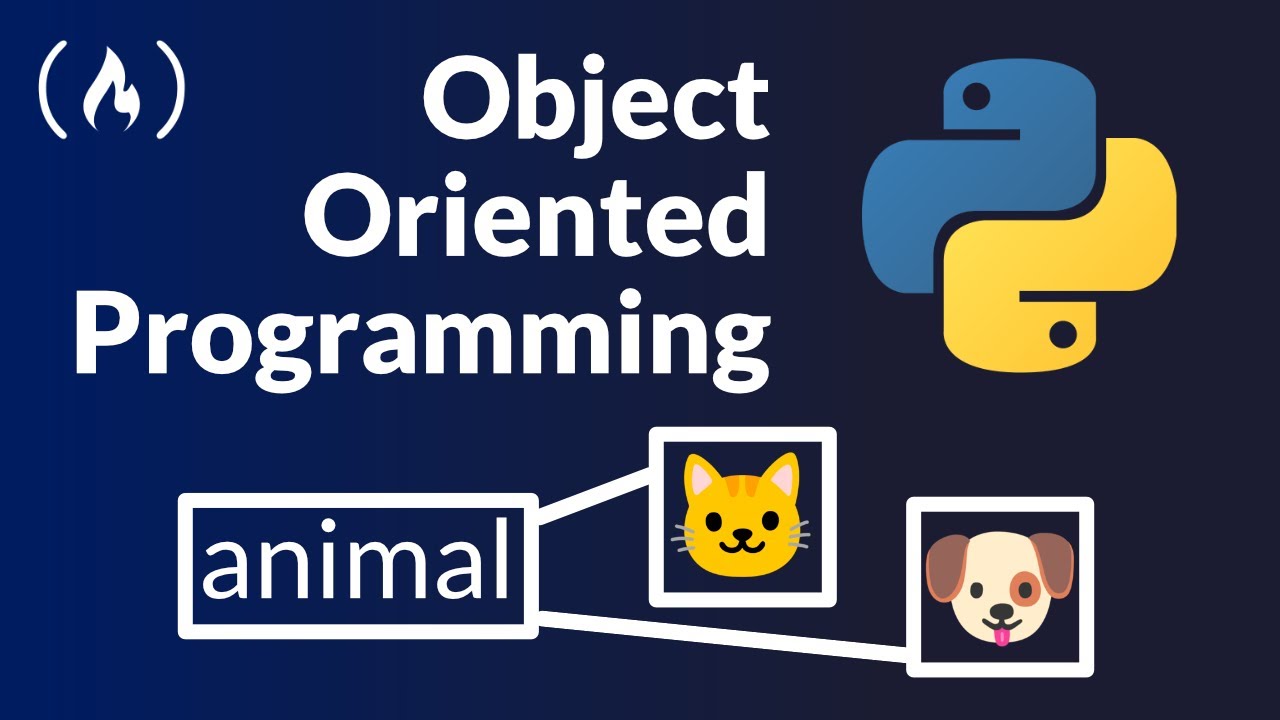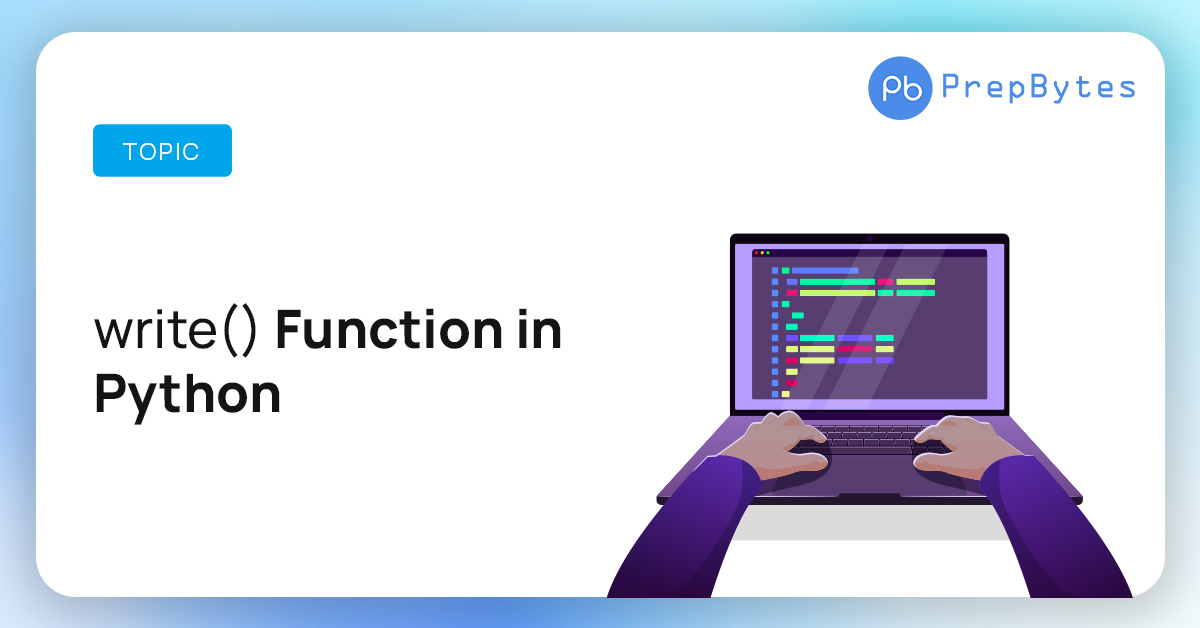How to fetch data from REST API in Python
How to fetch data from REST API in Python
I'd be happy to help!
Fetch data from a REST API using Python! That's a great topic! In this article, we'll explore the most popular libraries and ways to consume RESTful APIs in Python.
Why do I need to use Python?
Well, Python is one of the most popular programming languages, and for good reason. It's easy to learn, versatile, and has an extensive range of libraries and frameworks that make it perfect for web development. Plus, many API providers offer Python client libraries, which simplifies the process even more!
Choosing a Library
When it comes to consuming RESTful APIs in Python, you have several options:
requests: This is one of the most popular and well-maintained libraries for making HTTP requests in Python. It's easy to use and handles all kinds of request types (GET, POST, PUT, DELETE, etc.) out-of-the-box. urllib: This is a built-in Python library that provides support for working with URLs. You can use it to make GET or POST requests, but keep in mind it's not as powerful or user-friendly as the other options. pycurl: This is another popular library that provides a simple way to interact with RESTful APIs. It supports HTTP and HTTPS requests and has a few extra features like SSL verification.How to Fetch Data
Now, let's dive into the world of fetching data! Here's an example of how you can use the requests library to fetch some JSON data:
import json
import requests
Set up your API endpoint URL
url = "https://api.example.com/data"
Make a GET request
response = requests.get(url)
Check if the response was successful (200 OK)
if response.status_code == 200:
Load the JSON data from the response content
data = json.loads(response.content)
print(data) # Print the fetched data
else:
print("Error:", response.status_code)
In this example, we're making a GET request to fetch some JSON data. The response variable contains the server's response, which we can then parse into JSON using the json.loads() function.
Handling Errors and Exceptions
When working with APIs, things don't always go as planned! That's where error handling comes in. Here's an example of how you can catch errors using try/except blocks:
import requests
Set up your API endpoint URL
url = "https://api.example.com/data"
try:
Make a GET request
response = requests.get(url)
if response.status_code == 200:
Load the JSON data from the response content
data = json.loads(response.content)
print(data) # Print the fetched data
else:
print("Error:", response.status_code)
except Exception as e:
print(f"An error occurred: {e}")
In this example, we're trying to fetch some JSON data. If an exception occurs (like a network error or invalid API response), our program will catch it and display the error message instead of crashing.
Conclusion
That's it! This article has shown you how to fetch data from a RESTful API using Python and the requests library. Remember, there are many other libraries and ways to do this in Python, so be sure to explore and find what works best for your project. Happy coding!
Please let me know if you have any questions or need further clarification on anything!
Python code to call REST API with Bearer token

Here is a Python code snippet that demonstrates how to call a REST API using a Bearer token:
import requests
import json
Set the URL of the REST API
url = "https://api.example.com/endpoint"
Set the Bearer token (replace with your actual token)
bearer_token = "YOUR_BEARER_TOKEN_HERE"
Set the headers for the request
headers = {
"Authorization": f"Bearer {bearer_token}",
"Content-Type": "application/json"
}
Send the GET request to the API endpoint
response = requests.get(url, headers=headers)
Check if the response was successful (200 OK)
if response.status_code == 200:
Parse the JSON response
data = json.loads(response.text)
Do something with the data (e.g. print it out)
print(json.dumps(data, indent=4))
else:
print(f"Error: {response.status_code}")
Let's break down what this code does:
We set the URL of the REST API we want to call. We set the Bearer token (replace with your actual token). We create a dictionaryheaders that contains the Authorization header with the Bearer token, and the Content-Type header set to application/json. We send a GET request to the API endpoint using the requests library. We check if the response was successful (200 OK). If it was, we parse the JSON response and print it out.
This code assumes that the REST API uses the Bearer token authentication scheme, where the token is passed in an Authorization header with a value like Bearer YOUR_BEARER_TOKEN_HERE.
Here's how you can modify this code to use POST requests or other HTTP methods:
To send a POST request, simply change therequests.get() line to requests.post(). To send a PUT request, use requests.put(). Similarly for DELETE requests. To set a request body (e.g. JSON payload), create a dictionary data and pass it as the second argument to the requests function, like this: response = requests.post(url, headers=headers, json=data). To add query parameters, use the params argument of the requests function, like this: response = requests.get(url, headers=headers, params={"param1": "value1", "param2": "value2"}).
Note that you should replace YOUR_BEARER_TOKEN_HERE with your actual Bearer token, and modify the url variable to match the URL of the REST API endpoint you want to call.
